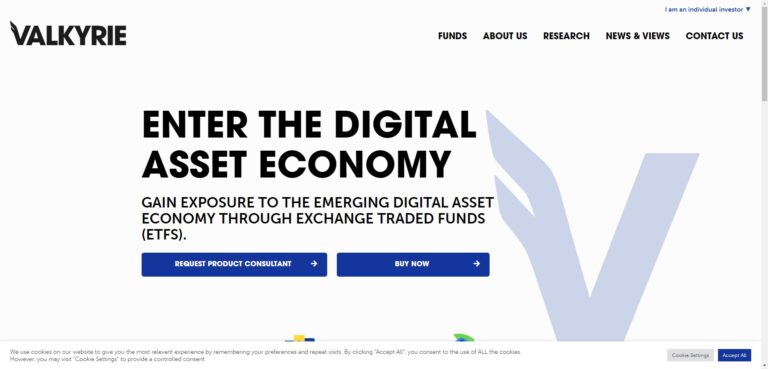Demystifying the Web vs. the Internet: Understanding the Key Differences

In today’s digital age, the terms “World Wide Web” and “Internet” are often used interchangeably, but they refer to distinct concepts that play crucial roles in our online lives. To truly understand the online landscape, it’s essential to grasp the fundamental differences between the World Wide Web and the Internet. Let’s delve into these two interconnected but distinct entities.
The Internet: The Backbone of Connectivity
The Internet is the underlying infrastructure that enables global communication and data transfer. It’s a vast network of interconnected computers, servers, routers, and other hardware devices spanning the globe. This network facilitates the exchange of information between devices through a standardized set of protocols, primarily the Transmission Control Protocol (TCP) and the Internet Protocol (IP).
Key characteristics of the Internet:
- Infrastructure: The Internet consists of a physical infrastructure of cables, fiber-optic lines, satellite links, and other communication technologies that allow data to travel across vast distances.
- Universal Connectivity: It connects billions of devices worldwide, including computers, smartphones, tablets, servers, and even IoT (Internet of Things) devices.
- Decentralized: The Internet operates in a decentralized manner, meaning there is no central authority governing its use. It relies on a distributed network of interconnected devices.
- Protocols: It relies on a set of standardized communication protocols (TCP/IP) to ensure data is transmitted reliably and efficiently.
The World Wide Web: A Subset of the Internet
The World Wide Web (WWW or simply the Web) is a subset of the Internet, often described as its most popular and user-friendly component. It was developed in the late 1980s by British computer scientist Tim Berners-Lee. The Web is a collection of interconnected documents and resources, linked together by hyperlinks and accessible through web browsers. These documents can contain text, images, videos, and other media, and they are hosted on web servers.
Key characteristics of the World Wide Web:
- Hypertext: The Web relies on hypertext, a system of linking documents and resources together through hyperlinks. Users can navigate from one webpage to another by clicking on these hyperlinks.
- Uniform Resource Locators (URLs): Each web resource is identified by a unique URL, such as “https://www.example.com.” URLs help users locate and access specific webpages.
- Browsers: Web browsers (e.g., Chrome, Firefox, Safari) are software applications that allow users to access and view web content. They interpret HTML (Hypertext Markup Language) and display webpages to users.
- Multimedia Content: The Web supports a wide range of multimedia content, including text, images, audio, and video. This makes it a versatile platform for information sharing and entertainment.
In summary, while the Internet forms the global network infrastructure that connects devices worldwide, the World Wide Web is a specific application of the Internet that enables users to access and interact with web-based content through web browsers. The Web is just one of many services that operate on the Internet, which also includes email, instant messaging, online gaming, and more.
Conclusion
Understanding the difference between the World Wide Web and the Internet is crucial for anyone navigating the digital landscape. The Internet provides the foundation for global connectivity, while the World Wide Web represents a subset of online content and services accessible through web browsers. Both entities are integral to our modern digital lives, and knowing how they work together is key to making the most of the online world.
Listings Related to the Article: Demystifying the Web vs. the Internet: Understanding the Key Differences
Georgia Institute of Technology
The Georgia Institute of Technology (Georgia Tech) is a leading public research university located in Atlanta, Georgia. Known for its innovative programs in engineering, computing, business, and design, Georgia Tech combines cutting-edge research with a commitment to hands-on learning. With a strong emphasis on technology and entrepreneurship, Georgia Tech prepares students to tackle global challenges and drive innovation across industries.
- Category
- Reference » Education » Colleges and Universities
Contabo
Contabo stands out as a premier web hosting and cloud service provider, offering unparalleled computing power at an exceptionally competitive cost. With a commitment to customer satisfaction, Contabo provides award-winning support delivered by real people, not automated bots.
- Category
- Computers » Internet » Web Hosting
Valkyrie Funds
Valkyrie Funds stands as a prominent financial services firm, uniquely positioned at the convergence of traditional finance and the rapidly evolving digital asset sector. Headquartered in Nashville, our dedicated team seamlessly merges profound technical know-how in blockchain technologies with a proven track record of launching successful investment vehicles within conventional markets.
- Category
- Business » Investing » Cryptocurrencies
More Articles Like: Demystifying the Web vs. the Internet: Understanding the Key Differences
Understanding PageRank: The Algorithm that Shaped Web Search
PageRank, developed by Google’s co-founders Larry Page and Sergey Brin, is a groundbreaking algorithm that revolutionized web search by providing a systematic and efficient way to rank web pages. Initially introduced in the late 1990s, PageRank played a pivotal role in making Google the dominant search engine it is today. This article delves into the […]
Demystifying UI and UX: Unveiling the Key Differences in Web and Mobile Design
In the ever-evolving landscape of web and mobile applications, two terms frequently tossed around are UI (User Interface) and UX (User Experience). While they are interconnected and work in tandem to create a seamless user journey, it’s crucial to understand that they represent distinct aspects of design. Let’s delve into the world of UI and […]
The Evolution of Libraries: Are They Still Relevant in the Digital Age?
Libraries have long been regarded as the cornerstone of education and knowledge dissemination. Traditionally, these institutions housed an extensive collection of books, providing communities with access to a vast reservoir of information. However, as we navigate the ever-changing landscape of the digital age, the relevance of libraries has come into question. In this article, we’ll […]







